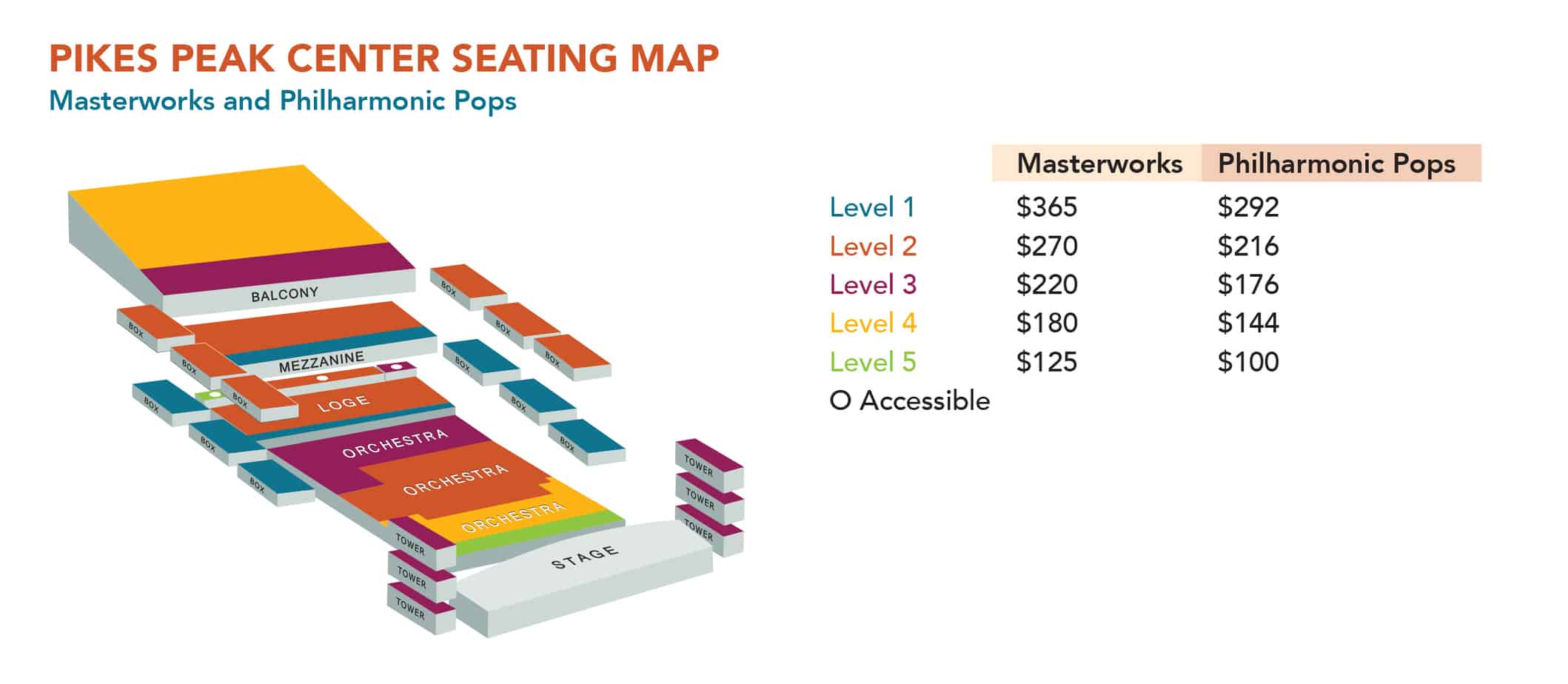
At this point, with so many Christmas concerts behind him, Thomas Wilson isn’t exactly sure how many times he’s conducted The Nutcracker. “I’ve completely lost track,” he says. “Between the Philharmonic’s annual production and all the other productions I’ve conducted, it would take some real research to determine that.” The Philharmonic, joined with Oklahoma City Ballet and the Colorado Springs Children’s Chorale, will perform The Nutcracker, perhaps Pyotr Ilyich Tchaikovsky’s most beloved work, in five performances over Thanksgiving Day weekend. “Every time I return to the score, I’m reminded that this is truly great music,” says the Philharmonic associate conductor. “Tchaikovsky was plagued with self-doubt in so much of his composition, and he would often hear performances of his music just months after a successful premiere and conclude that he no longer had any confidence in it.” “Somehow, when he composed for ballet, it’s almost as though the self-doubt disappeared, and the music just flowed.”
In 1891, a year after the success of Tchaikovsky’s Sleeping Beauty, Moscow’s Imperial Theatres commissioned a ballet, as well as an opera, for a double bill. Tchaikovsky teamed with Sleeping Beauty collaborator Marius Petipa, whose libretto for the new ballet was loosely based on the elder Alexandre Dumas’ 1844 adaptation of E.T.A. Hoffmann’s The Nutcracker and the Mouse King from 1816. Tchaikovsky was world famous by then, so revered that the Russian was asked to conduct five of his works at the opening of Andrew Carnegie’s new Music Hall, now called Carnegie Hall. The Nutcracker was completed after his return. A week before Christmas, 1892, Tchaikovsky’s two-act ballet (and his lyric one-act opera Lolanta) premiered in St. Petersburg.
While it’s said that Czar Alexander III was enchanted by The Nutcracker, many critics were less enthusiastic, complaining about the lack of linear plot, the dependence on “spectacle” (an “insult,” one said) and the dancers (the Sugar Plum Fairy was deemed too large), among other things. Tchaikovsky’s brilliant score, however, inspired warmer sentiments, including one critic’s assessment that it was, “from beginning to end, beautiful, melodious, original, and characteristic.” “The repertoire is filled with pieces that were initially a flop,” Wilson says. “Mozart, Schumann, Mahler, Ives and so many others had big failures that eventually turned into successes.
Every indication is that the 1892 Nutcracker production wasn’t very good, but Tchaikovsky’s suite was an enduring success, keeping the idea of a Nutcracker ballet alive and ready for a revival.” Indeed, the ballet rallied through hundreds, if not thousands of productions in the years that followed. And nearly all are alt-Nutcrackers, writes New York Times dance critic Alastair Macaulay. Few if any followed Petipa and Lev Ivanov’s choreography. The score and the details of the libretto — character names, settings and endings, for example — were also up for grabs. New York City Ballet artistic director George Balanchine was among the most successful tinkerers. His Nutcracker featured his emblematic choreography and alterations to the score, including moving the “Dance of the Sugar Plum Fairy,” cutting a number and adding a seldom played passage from Sleeping Beauty.
The production was a hit and helped make the holiday fantasy indispensable to the season, especially in America. Today The Nutcracker is stretched from the traditional to the bawdy and humorous. “It’s the absolutely stunning melodies that you can appreciate the first moment you hear them, they’re so natural,” says Michael Grace, a Colorado College music professor who includes The Nutcracker in his 19th century orchestral music curriculum. “And the colors, the orchestral colors: It’s the way he contrasts them, the way he pulls different kinds of instruments together into a really creative combination of instruments.” And you can’t deny that it’s catchy. “The Germans have the word ohrwurm, which translates to ‘ear worm,’” Grace says. “It’s something you hear once, and that thing gets stuck in your head. He creates more earworms than anyone else in the 19th century.”
by Tracy Mobley-Martinez


